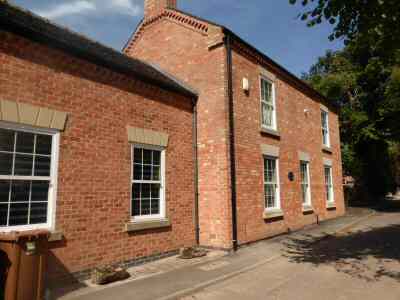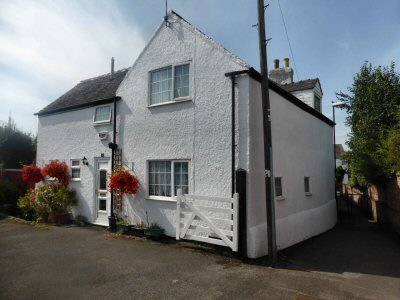CHELLASTON
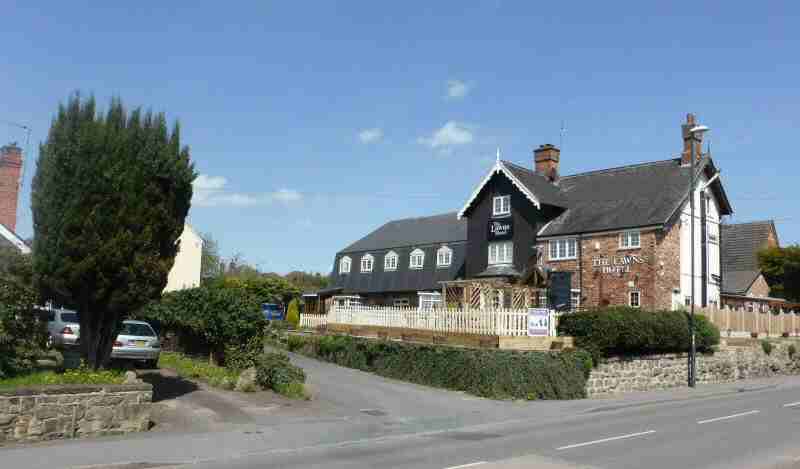
INFORMATION
Where is it? – Chellaston is on main A514 about five miles from Derby City Centre (SK379301).
What to do? – Visit the site of the former Woodlands Quarry to explore the site and enjoy the wildlife. – Walk along School Lane and find where the Gresley family of artists once lived. Harold Gresley, who was born in 1892 and lived all his life in Chellaston, along with his brother Cuthbert, father Frank and grandfather James, was a landscape painter. He produced a series of Derby townscapes that later became part of the Goodey Collection. Also, he produced many views of Derbyshire beauty spots and country houses. – Take a walk along a stretch of the Old Derby Canal, which it is hoped will eventually be returned to its former use.
Where to eat? – The Bonnie Prince public house provides a wide range of good pub food. Open all day, food served every day. – Swarkestone Nursery and Garden Centre Restaurant won the Derby Telegraph Café of the Year award in 2012. Open seven days per week selling good wholesome food.
Other places to visit = Enjoy a visit to Melbourne a fascinating little town with a wealth of historic buildings. A famous country house with formal gardens, one of the finest Norman churches in the country, a lovely 20 acre Pool where you can feed the ducks, or just rest awhile and admire the scenery. Melbourne Hall and Gardens once the home of Victorian Prime Minister, William Lamb is open on a limited basis. For full opening details please ring or visit the website – www.melbournehall.com. – Elvaston Castle Country Park is set in 200 acres of parkland. With an ornamental lake, extensive gardens, stony grottoes, rock archways and other interesting features. The park is open daily.
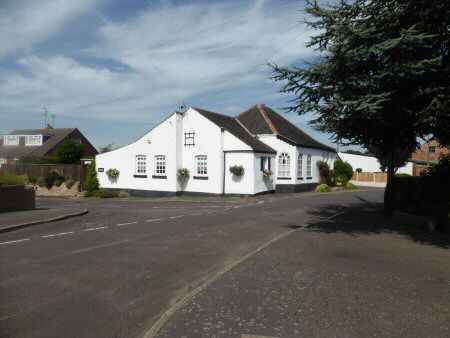
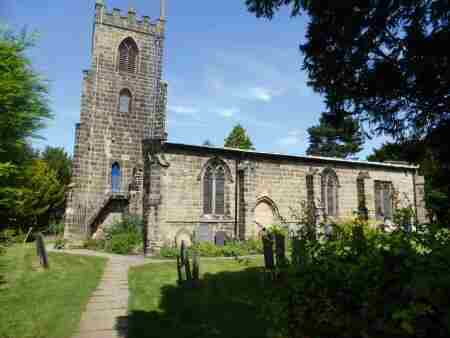
PROFILE
Chellaston was once mainly a farming community. But is now a rapidly expanding suburb. Like so many more up and down the country, where houses proliferate close to busy road networks. In Chellaston’s case the expansion of Derby and the recent opening of the A50, give it rapid access to fast roads and the M1 Motorway.
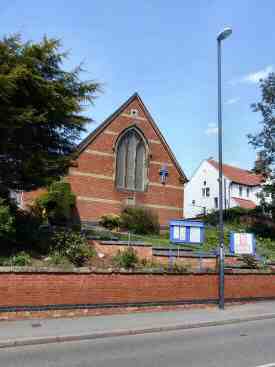
Chellaston Story
The story of Chellaston though is not just one of a once quiet village expanding rapidly because of its location. From the Middle Ages, it became internationally famous as the centre of the English alabaster industry a form of gypsum. It was at its peak between about 1360 and 1460. When a flourishing export trade developed. Great blocks of alabaster were taken to the River Trent and then transported by boat to Hull, for shipment across the North Sea.
The alabaster produced at the Woodlands Quarry in Chellaston was beautiful and easy to carve. The purest white alabaster was originally found close to the surface and that made it easily accessible to work. Coloured deposits were found deeper down and used until new layers of white alabaster were located in an area where wildlife now thrives.
Alabaster Carvings
Over 3,000 alabaster carvings have been identified overseas. A large collection of which has been recovered and is now in the Victoria and Albert Museum, most of which probably started life in Chellaston. In warmer, drier countries like Spain, alabaster could be preserved out of doors. But the wetter, colder climate experienced in this country forced its use inside.
Chellaston had its sculptors, but Nottingham was where most of the carving was done. Westminster Abbey and St George’s Chapel, Windsor and many other churches have fine alabaster monuments.
The Act of 1550, removed any hint of Catholicism that existed so that by 1553, the Church of England was Protestant. Mass books and images were banned, but not tombstones. This reduced the level of output of the industry at Chellaston and trade died off. It sprang up again briefly in the late Victorian era. When a pulpit was carved for Worcester Cathedral and monuments for Westminster Abbey and Eton College Chapel. Good quality alabaster was not found in large quantities after the Second World War, but gypsum was extracted until 1978. When the pit finally closed down.
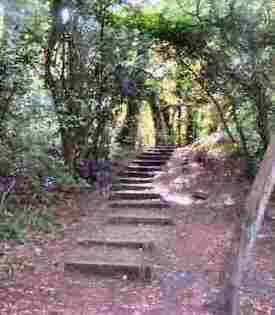
Woodlands Quarry
For centuries, the extraction of alabaster and gypsum at the Woodlands Quarry had necessitated the removal of large quantities of clay from the earth. Little use had been made of the clay, until the latter part of the 19th century, when brickmaking commenced. Many of Derby’s council houses were built with Chellaston Bricks, also the original Celanese factory at Spondon. At first facing, bricks were handmade. At an output of about 200 per day, but as demand grew more modern methods were employed. By 1953, production had increased to 120,000 common bricks per week before the brickworks finally closed.
Only about one-third of the gypsum extracted was suitable for ornamental use. Much of the remainder was called plaster as it was used for making the plaster of Paris. Demand increased enormously with the introduction of pottery manufacture. And in the region of five hundred tons was shipped annually from Chellaston to the Potteries. To be used in the production of tableware.
Local Interest
St Peter’s Church dates back to the medieval period, but radical alterations were carried out in the 19th century. It has a Norman font, but surprisingly, it did not have any alabaster ornamentation for many years. Until the author of a book on the subject gave the church a miniature carved replica of the church. The lack of ornamentation came about in 1817 when the church was restored. When a churchwarden used the alabaster slabs to pave his stable floor! Alabaster on the other hand at the Methodist Chapel is well represented.
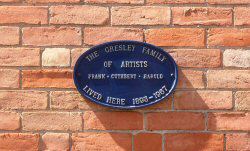
Harold Gresley was born in 1892 and lived all his life in Chellaston. Along with his brother, father and grandfather. He was a landscape painter after serving in the First World War. He studied at Nottingham School of Art during 1925-26 and produced a series of Derby townscapes that later became part of the Goodey Collection. Also, he produced many views of Derbyshire beauty spots and country houses.
Crocker Brothers were established in the 1930s, in Station Road, as wheelwrights and agricultural equipment manufacturers. They are now involved in the manufacture and hire of marquees. Situated behind the old Catholic Church is Chellaston Bowling Club, which celebrated its centenary in April 2004. This all changed with the building of the supermarket on the former Rose and Crown site.
Public Houses
Four pubs existed within a short distance along Swarkestone Road, until a few years ago. However, if you counted the British Legion and The Lawns, the count rose to six all within a short distance of one another. The Red Lion was the first to go, to be replaced by a Tesco Express. The Rose and Crown pub has been demolished to make way for a supermarket. The Corner Pin’s future is uncertain at the time of writing. It is an early 19th-century inn, incorporating a restored cruck cottage. The Bonnie Prince is off the A50 roundabout. And looks towards Swarkestone, the southernmost point reached by an advanced party of Bonnie Prince Charlie’s troops in 1745. Before the order to retreat was given.
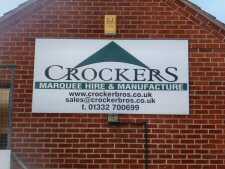
Tom Keetley was the Rose and Crown’s landlord in the 1930s. He came from a well-known football family, eight of whom played professional football. Keetley played centre forward and scored 284 Football League goals between 1919 and 1934. He is ranked 29th in the all-time top scorers’ list in league football in England and Scotland having the 9th highest goals per game ratio of 0.75. In 1929 Keetley was transferred from Doncaster Rovers to Notts County for £750, scoring a hat-trick on debut. What would he have been worth today?
Recent Developments
The official opening of the T12 road which runs through Infinity Park, linking Wilmore Road at Sinfin with the A50s junction with Chellaston took place on 28 July 2016. Infinity Park is sited on farmland adjoining Rolls-Royce Civil Aerospace on Wilmore Road. The park is eventually expected to accommodate up to 8,000 jobs. Many of which will be highly skilled roles that over the years will provide a significant boost to the local economy. The long-term aim is to replicate the success of Pride Park. For those employees wanting quick, easy access to Infinity Park, Chellaston will prove an attractive location to live in.
